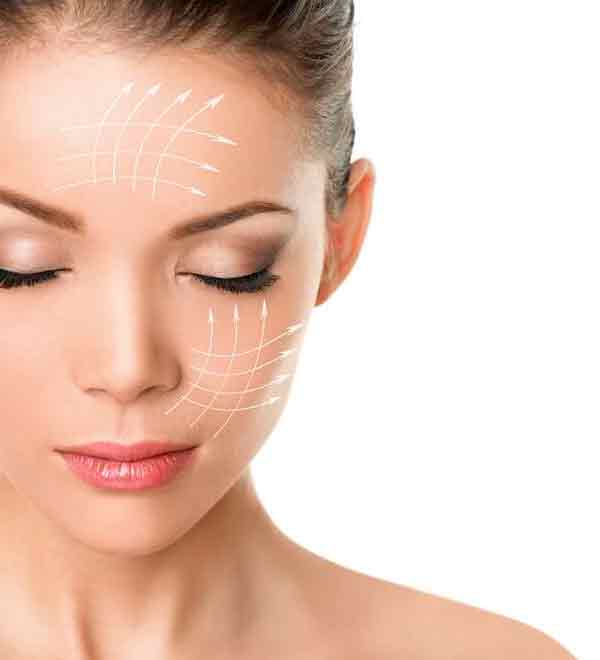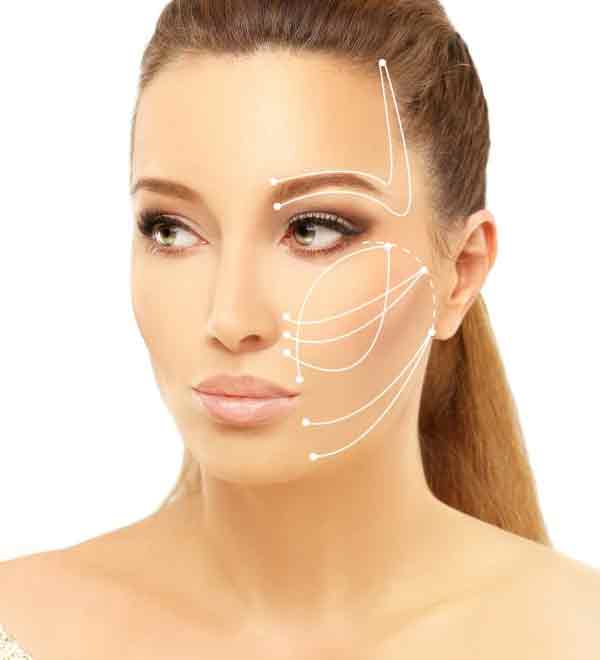 The “lips” are a sex symbol that can be visible. Sensual lips can convey vast emotions such as erotic, bright or alluring. Beautiful lips should be rosy, full, moist and plump. We have to understand the upper and lower lip parts to consult and create the new shape.
The “lips” are a sex symbol that can be visible. Sensual lips can convey vast emotions such as erotic, bright or alluring. Beautiful lips should be rosy, full, moist and plump. We have to understand the upper and lower lip parts to consult and create the new shape.
“Lip surgery” is an aesthetic surgical procedure to improve the shape and provide balance to the facial appearance. Popular lip surgery includes reducing the volume of a lip, lifting a droopy lip, and adjusting lip shapes such as a chestnut-shaped lip, a cupid’s bow shape, etc. Make you look more attractive and youthful. However, lips relate to a pretty smile. Kamol Cosmetic Hospital, we offer many methods of lip surgery and perioral surgery, such as:
- lip reduction
- Chestnut shaped lip
- Upper lip lift
- Cupid lip enhancement
- Philtrum Improvement
- lip enhancement
- Lip corner lift
- dimple surgery
1. Lip Reduction
Lip reduction is a surgical procedure that improves facial appearance by reducing the volume of the upper, lower, or both lips through an absorbable suture. Stitches last for 7 to 10 days. If they still remain in your mouth, you can take them out. It’s a permanent result. like a figure 1.
The operation time takes less than an hour and is done under local anesthesia.


Picture 1. Incision line and the result of lip reduction
2. Chestnut-shaped lip surgery
Chestnut Lip Surgery is a plastic procedure to create the upper lip like a chestnut. The upper lip runs in the side curve up and the center part is curved down like a bow. The upper lip always seems to reveal a little to show incisors. Chestnut shaped lip depends on the original upper lip shape and size and facial proportion. As in figure 2


Figure 2. Chestnut-shaped Lip Surgery incision and result
3. Upper lip lifting surgery (Lifting Lip)
Upper lip lift is a surgical procedure to shorten the aging extended lip. This procedure reduces the space between the nose and the top of the mouth, called a “filter”. It is usually between 12 and 15 mm long. This procedure increases the amount of more visible pink tissue, which comes closer to rejuvenating the aged mouth.
Lip Lifting Techniques, we offer three methods for Lip Lifting:
3.1. Upper lip lift with sub-nasal ox horn technique The incision scar will be hidden along the base of the nose where it is less visible. The incision is shaped like a bull’s horn. The upper lip is pulled up towards the nose, as shown in figure 3


Figure 3. Elevation of the upper lip with sub-nasal bull horn technique
3.2 Elevation of the upper lip directly on the lip, the incision is above the upper lip, close to the vermilion of the upper lip. Excess skin can be reduced to balance the facial proportion. The benefit of this technique is that it is shorter than the other one, but the scar may be visible.


Figure 4. Elevation of the upper lip directly on the lip
4. Lip surgery through Cupid’s Bow enhancement
Cupid’s bow is a facial feature in which the double or M-shaped curve of the human upper lip is similar to the Cupid’s bow. Cupid’s bow lip enhancement is a surgical procedure to highlight the cupid’s bow by injection or augmentation of the acellular dermal matrix. The surgeon will mark 4 points, as in figure 5, and then insert the material passage through the edge of the upper lip, on both sides.


Figure 5. Enhancement of the Cupid’s Bow via augmentation of the acellular dermal matrix
5. Lip Surgery via Lip Filter Enhancement
The philtrum is a narrow groove between the nose and upper lip; Lip philtrum enhancement is a surgical procedure to improve the philtrum prominence. Make the upper lip more dimensional. There are two methods for improving the Lip Filter, as follows;
5.1 Lip Filter Enhancement via V Scar , the surgeon makes a 2-3 mm wide V-shaped incision near the central base of the nose and removes the skin. Then sew. This procedure will make a philtrum more prominent. As figure 6


Figure 6. Lip philtrum enhancement with V-shaped scar
5.2 Lip Filter Enhancement via augmentation, the surgeon will make the 4 stitches to insert the acellular dermal matrix through the filter on both sides and then suture as in figure 7.


Figure 7. Lip Filter Enhancement via Augmentation
6. Lip Enhancement
Lip enhancement is a cosmetic surgical procedure to adjust the shape of the upper or lower lips or both lips to achieve more facial features of volume, fullness and proportion. There are many methods of lip enhancement:
6.1 Lip Enhancement by Autologous Cell Regeneration (PRP) Due to facial aging, perioral volume is lost. The use of platelet-rich plasma (PRP) is one of the most advanced procedures to improve muscle tissue vascularization and neuronal regeneration. It can increase the volume on the lips. This is a minimally invasive lip rejuvenation procedure that uses PRP injection three times in three months. The result can be visible up to 3 months.
6.2 Lip enhancement via filling this is a widespread technique, a non-surgical method. Acceptable filler material includes hyaluronic acid. Generally, the injected filler is not permanent, lasting around 6 to 12 months, as a figure 8


Figure 8. Lip filler with hyaluronic acid
Advantage: It is natural, it is not surgical and the results are seen immediately.
Disadvantages: you have to inject repeatedly, wasting time and money. There is a possibility of becoming allergic to hyaluronic acid.
6.3 Lip Enhancement via dermo-acellular matrix; this procedure is simplified to increase the volume of the lips. The acellular dermal matrix is a soft connective tissue graft generated by a decellularization process that preserves the intact extracellular matrix of the skin. This procedure is performed under local anesthesia. The incision will be 2 points and will insert the passage through the lip, as in figure 9, and will suture only the ends. The result can stay in shape for more than five years.


Picture 9. Lip enhancement via dermo-acellular matrix
6.4 Lip enhancement via fat grafting, fat is sucked from the body, such as the abdomen or under the arm. The fat is extracted to keep only the nano fat, which is placed in the syringe and then injected into the lip, making it fuller. As figure 10
Advantage: The fat comes from the tissues themselves.
Disadvantages: Some of the injected fat disappears, causing the lip shape to be unbalanced. ome fat that injected may disappear, the lip shape may be unbalanced. It will be necessary to inject 1 or 2 times more to acquire a stable form.


Figure 10. Facial Enhancement via Fat Grafting
7. Lip surgery via lip corner lifting
A corner lip lift is a plastic procedure to improve the shine of the downward-facing corners of the lips of an aged mouth. Aged lips can develop an unhappy or even bitter appearance that cannot be treated with a facelift. The incision is small on either side of the red border lateral to the commissure and fixes the muscle. Excess skin will be reduced as shown in figure 11.


Figure 11. Incisions and results of the Lip Corner Lift surgery
8. Dimple Surgery,
A dimple in the indentations that occurs when some people smile is usually located on the underside of the cheeks. The surgeon makes a hole to create space for future dimples that are located in the nasolabial fold. This procedure is performed under local anesthesia. A suture from one side of the cheek muscle to the other, the seam is tied to permanently fix the dimple. As figure 12


Figure 12. Dimple surgery incision and result
Postoperative care for dimple surgery
- Keep scars clean by drinking water or liquid drink the first day after surgery. Thereafter, eat light food and frequently use mouthwash to prevent infection for at least two weeks after surgery.
- It is possible to start using a toothbrush from the 3rd day after surgery.
- Avoid sticky food and keep silent for about 2 to 4 weeks to avoid losing stitches
A good candidate for Lip Surgery
- A person dissatisfied with the appearance of their lips
- Healthy person
- Quit smoking for at least one week before surgery
- Realistic Expectations
Postoperative Care for Lip Reshaping
- Placing an ice pack on the lips within 24 hours to reduce pain and swelling
- Keeping your head elevated for a few days to reduce swelling
- After the surgery, in a week the stitches come out if you are using an absorbable suture; follow up two weeks after surgery to check the stitching
- keep lips moist
- Keep the incision clean
- Use a small toothbrush and brush your teeth carefully
- Follow all post-operative instructions and attend all post-surgery appointments
Risks and complications of Lip Reshaping
Lips are a very sensitive area. After the surgery, some difficulties may arise, such as:
- Redness
- Swelling
- Pain for a few days
- numbness
- Bruises
- bad healing
- Asymmetry
- bleeds
- Infections in the scars
Lip Remodeling Recovery
In the days following surgery, patients take pain relievers and place an ice pack on their lips to reduce pain and swelling. The patient can usually return to work within a week of the surgery. The best results will occur about two to three months after the surgery.



 The submental fat, or double chin, is the accumulation of unwanted fat, under the chin, between the chin and neck.
The submental fat, or double chin, is the accumulation of unwanted fat, under the chin, between the chin and neck.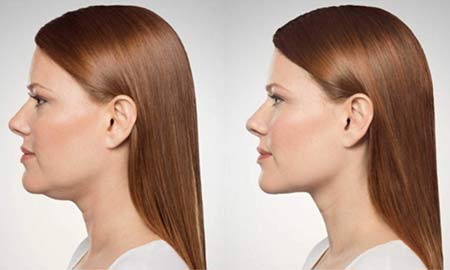
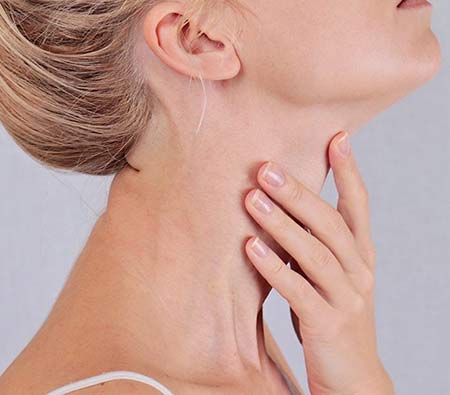

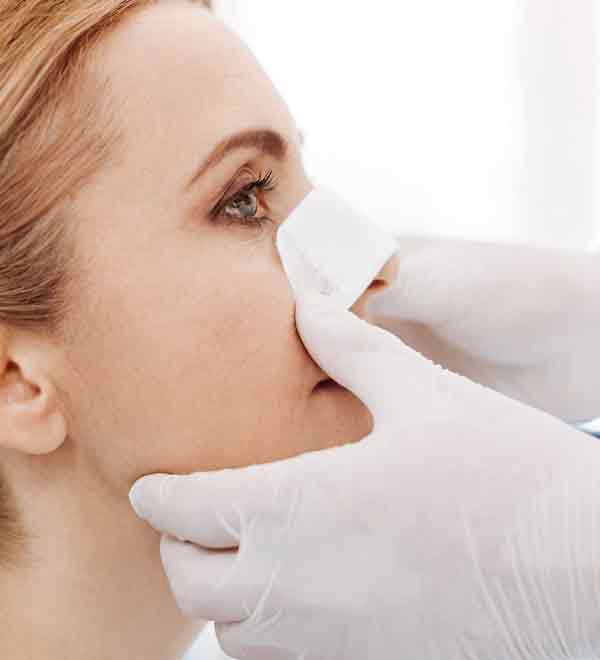

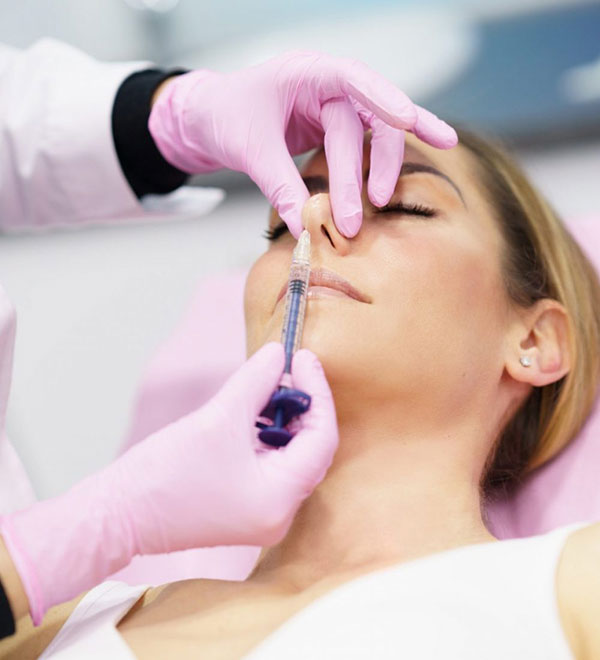
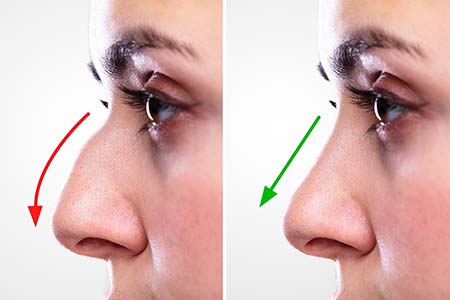
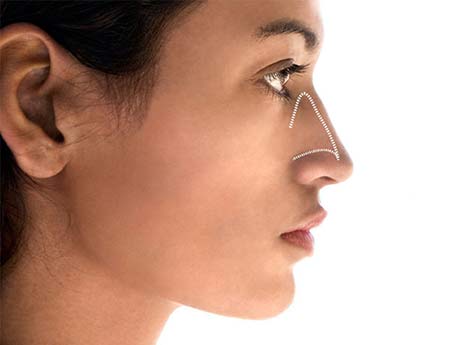

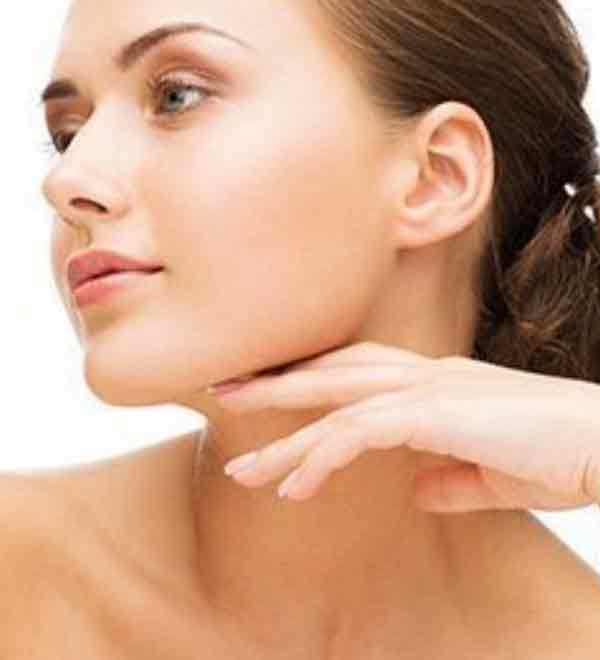 Correction of prominent ears (otoplasty) is indicated to make the ears less prominent and improve the definition of their inner contours.
Correction of prominent ears (otoplasty) is indicated to make the ears less prominent and improve the definition of their inner contours.
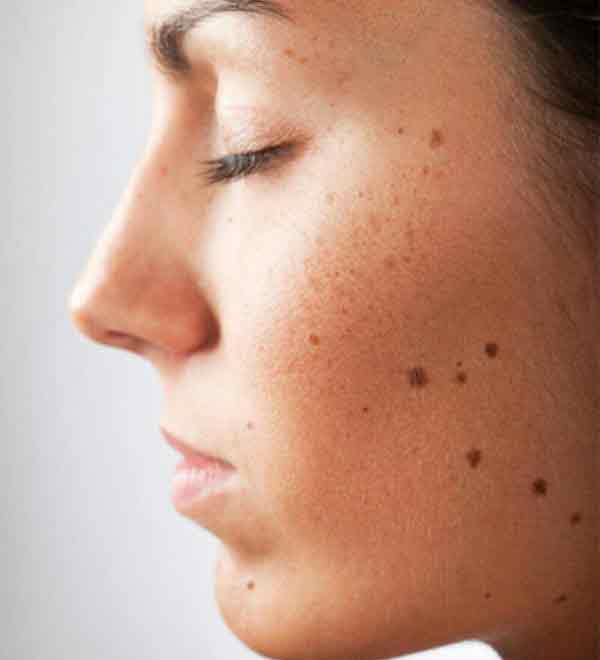

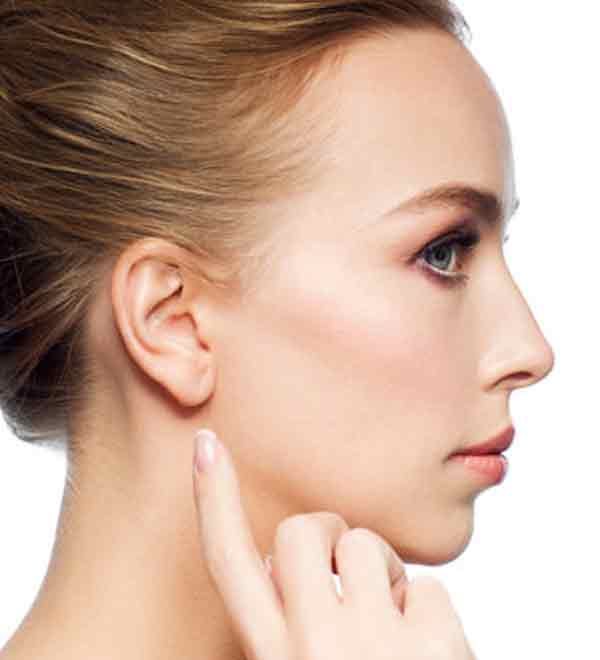

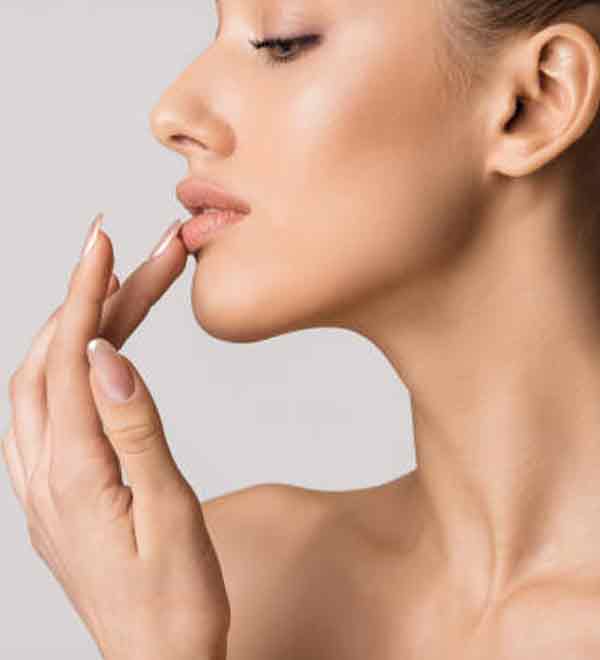 The “lips” are a sex symbol that can be visible. Sensual lips can convey vast emotions such as erotic, bright or alluring. Beautiful lips should be rosy, full, moist and plump. We have to understand the upper and lower lip parts to consult and create the new shape.
The “lips” are a sex symbol that can be visible. Sensual lips can convey vast emotions such as erotic, bright or alluring. Beautiful lips should be rosy, full, moist and plump. We have to understand the upper and lower lip parts to consult and create the new shape.
























